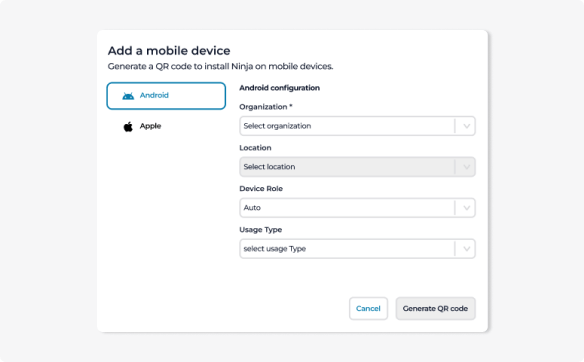Workload reduction
“Thanks to the intuitive NinjaOne user interface and the robust Windows server patching, we were able to reduce our workload by 22%,” said Michel Schmid, IT team member at Solothurner Spitäler.

Reliable and robust patch management
NinjaOne ensures a clear separation between patch scans and installations, mitigating risks and providing a more reliable approach to patch management.

Accurate reporting bolsters security
“[After] migrating to NinjaOne, we found that some of the 430 servers hadn’t been patched in months,” said Chief.

